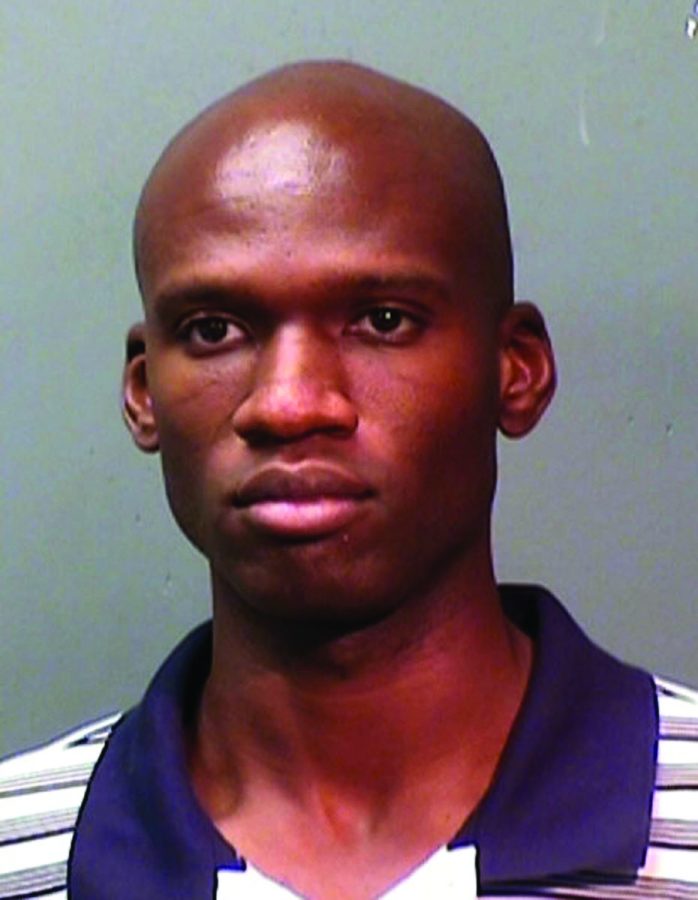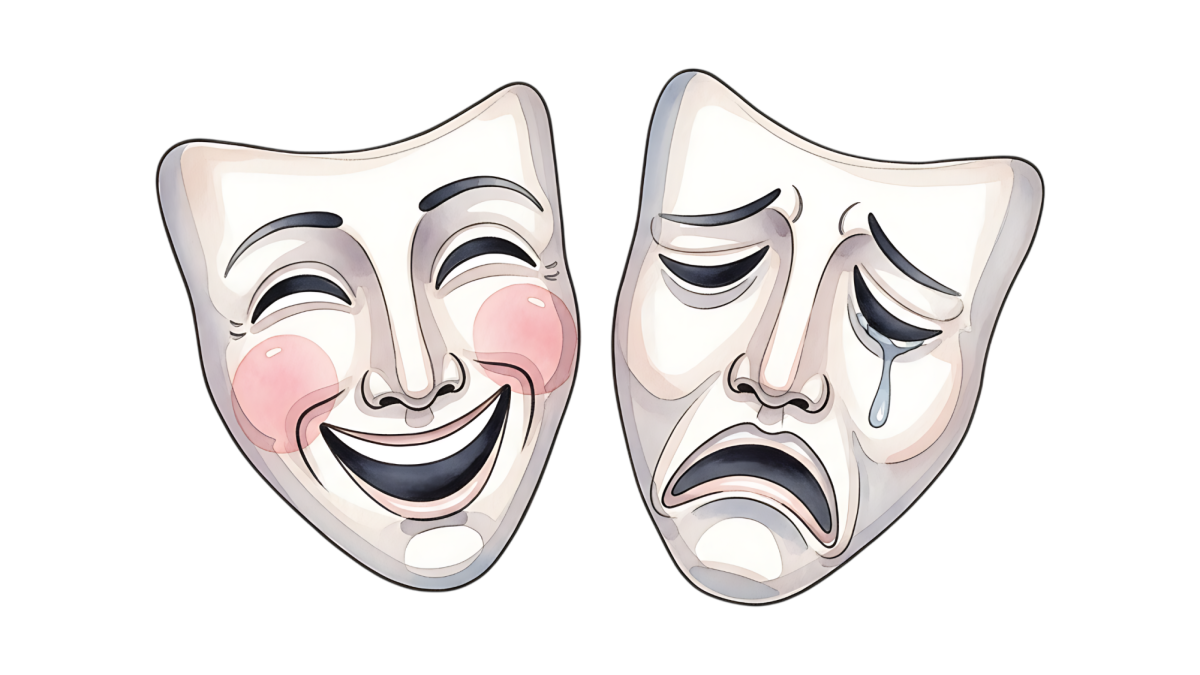Just after eight o’clock in the morning on Sept. 16, chaos erupted at the Washington Navy Yard in Washington D.C. when Aaron Alexis, a 34-year-old military contractor on Navy’s Ready Reserve used his shotgun against innocent Navy Yard workers, killing twelve people, both military personnel and civilians, and then himself.
John Weaver, who has been working at the Washington Navy Yard for 13 years, was a surviving eyewitness of the shootings where he saw Alexis shoot six of his friends. Only one of those friends survived.
After witnessing one of his female coworkers get shot in front of him, Weaver hid under his desk in his cubicle and proceeded to call 911, eager to get help. Weaver said that when a fire alarm went off in the building he knew it was his time to make a move and try to get towards safety. Running down a corridor he came across his boss, Mary Frances Knight on the floor. After assessing her injuries he saw that Mary was missing part of her finger and suffered from a scrape wound at the back of her head. After concluding she was able to be moved safely, he helped her towards the stairs and their escape. Quick to help others as he was assisting his boss down the stairs, Weaver yelled for people to run, telling them that there was a man upstairs with a shotgun.
John Weaver described Alexis’ demeanor while he shot and killed people as both methodical and emotionless, as if the gunman was on a mission to kill everyone he came in contact with.
Within 24 hours of the shooting and with the theories of a second shooter proven false, law enforcement officials, local and Federal, began questioning the mental state of the deceased gunman, Aaron Alexis. Their investigation was in response to questions of whether or not the shooting could have been prevented, and whether or not there were red flags prior to the shooting.
After a thorough investigation into Alexis it turned out that he had a history with disorderly conduct and guns long before the shooting. In 2004 Alexis was arrested in Seattle for shooting out the tires of someone else’s car. He defended his actions by telling Seattle detectives that he had blacked out from anger. In 2008, Alexis was arrested in the state of Georgia on a disorderly conduct charge.
In 2010, the Navy was going to discharge him due to “pattern of misconduct” but instead he left the Navy in 2011 under a “general discharge,” maintaining his security clearance. Investigators also came across proof that close to the shooting date Alexis had approached two different Veteran Affairs hospitals in the D.C. area in order to be helped with his sleeping problems and the various voices that he was hearing in his head.
The questions many are now asking center around whether Alexis could have been helped before the shooting, when his actions were clearly an indicator of unsound mental health. Many are anxious to know what is being done to prevent yet another mass shooting in America, when only months ago innocent children and teachers were killed at the hands of another mentally unsound individual. With the inkling of mental illnesses playing a part in the mindset of gunmen who have conducted these massacres many are still curious as how these individuals obtained such dangerous fire power.
Elisabeth Balachova-Jordan, university junior, said, “I think that mental illness definitely should be checked when someone purchases a gun.” In most states in the United States one has to go through an intensive background and mental health check before they are given a license to own a fire weapon, but in the wake of Aaron Alexis’ attack, more and more individuals are questioning whether or not mental health checks are intensive enough.
Junior Emma Himmelhoch, also weighed in, saying, “I don’t think it’s enough to just say ‘guns are bad’… we need to fix this problem…”
While Aaron Alexis’ attack ended many valuable lives, it is also, hopefully, the beginning of a much needed conversation between citizens of the United States, their public officials, and public law enforcement about the dangers of accessibility to firearms in our country.







